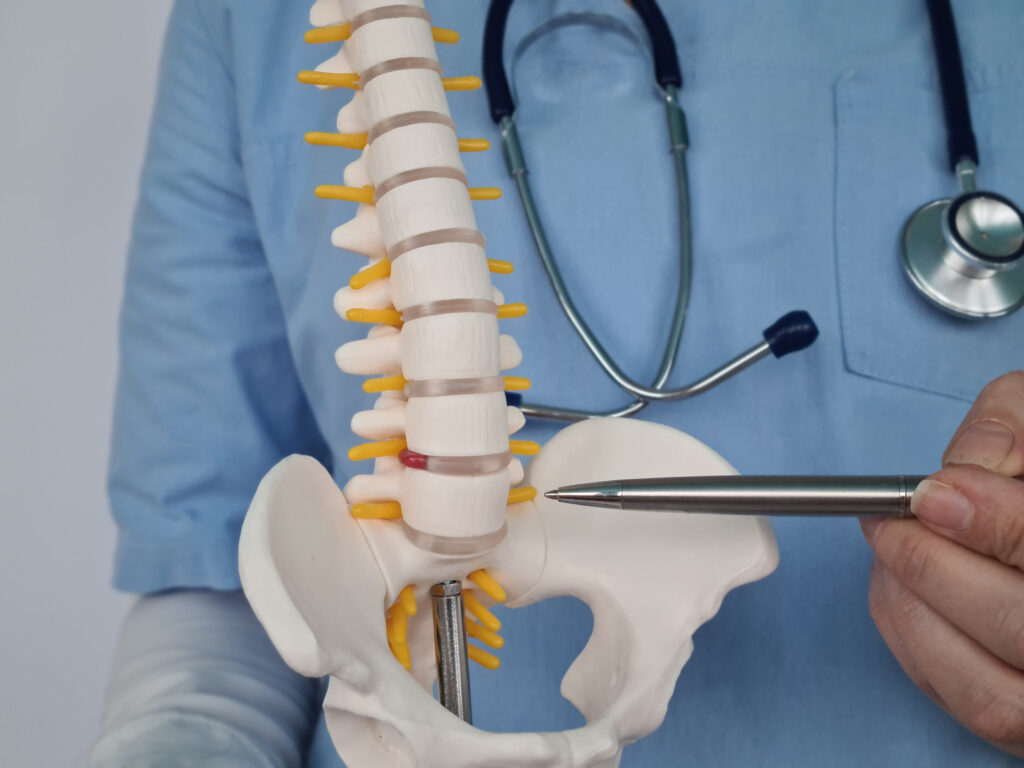Intervertebral disk degeneration (IVDD) is a complex pathological condition that affects millions of people worldwide, leading to chronic pain and impaired mobility. Recent research has shed light on the mechanisms contributing to this degeneration, particularly focusing on the role of nucleus pulposus cells (NPCs).
A study conducted by Guang Qian, Yueming Yu, Youhai Dong, Yang Hong, and Minghai Wang from the Department of Orthopedics at Shanghai Fifth People’s Hospital, Fudan University, delves into the intricacies of IVDD and NPC degeneration. One of the key findings of their research is the significant contribution of NPC degeneration to the progression of IVDD. This degeneration is not merely a byproduct of aging but is linked to excessive endoplasmic reticulum (ER) stress within the intervertebral disk.
The nucleus pulposus is a gel-like substance found in the center of intervertebral disks. It plays a crucial role in maintaining the structural integrity of the spine. When NPCs undergo degeneration, it disrupts this balance, leading to various complications, including inflammation and pain. The study highlights how the mechanisms of IVDD and NPC degeneration are still not fully understood, emphasizing the need for further research in this area.
Understanding the pathways that lead to NPC degeneration could pave the way for novel therapeutic strategies aimed at halting or even reversing the degeneration process. The authors advocate for more comprehensive studies that can elucidate the underlying mechanisms of ER stress and its direct impact on NPC health.
This research not only provides insights into the biological processes involved in IVDD but also reinforces the critical need for targeted interventions that could improve patient outcomes. As the population continues to age, addressing conditions like IVDD will become increasingly important for maintaining quality of life.
In conclusion, the study by Qian et al. serves as a pivotal step toward unraveling the complexities of intervertebral disk degeneration and highlights the importance of nucleus pulposus cells in this process. The research underscores the potential for future studies to provide a deeper understanding of IVDD, ultimately leading to improved therapeutic options for those affected by this debilitating condition.


